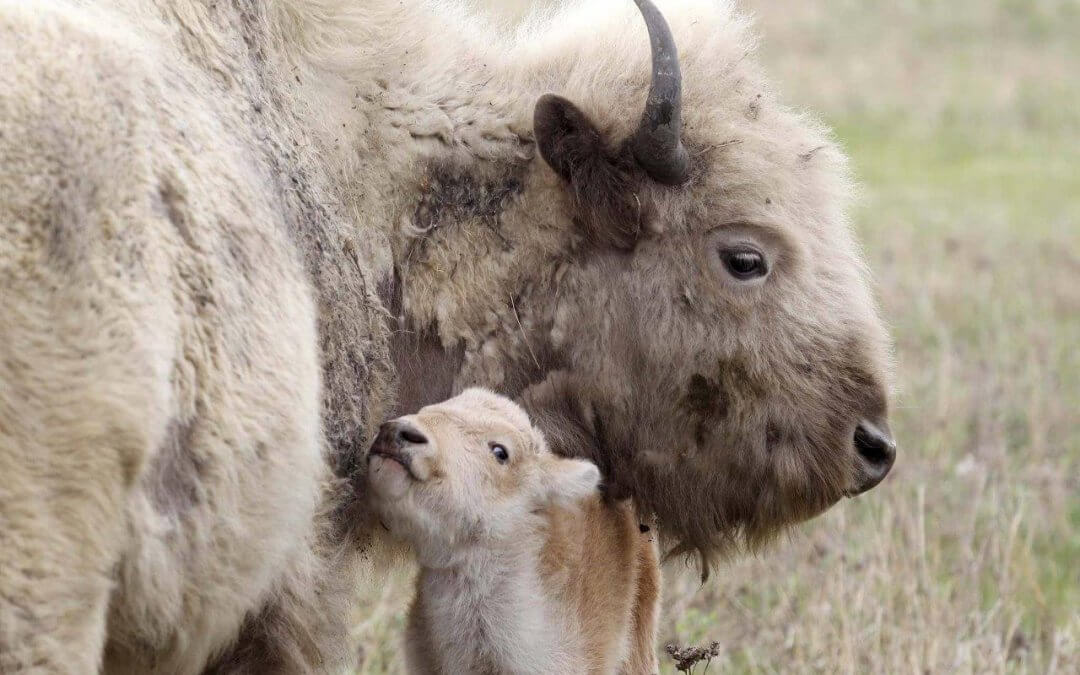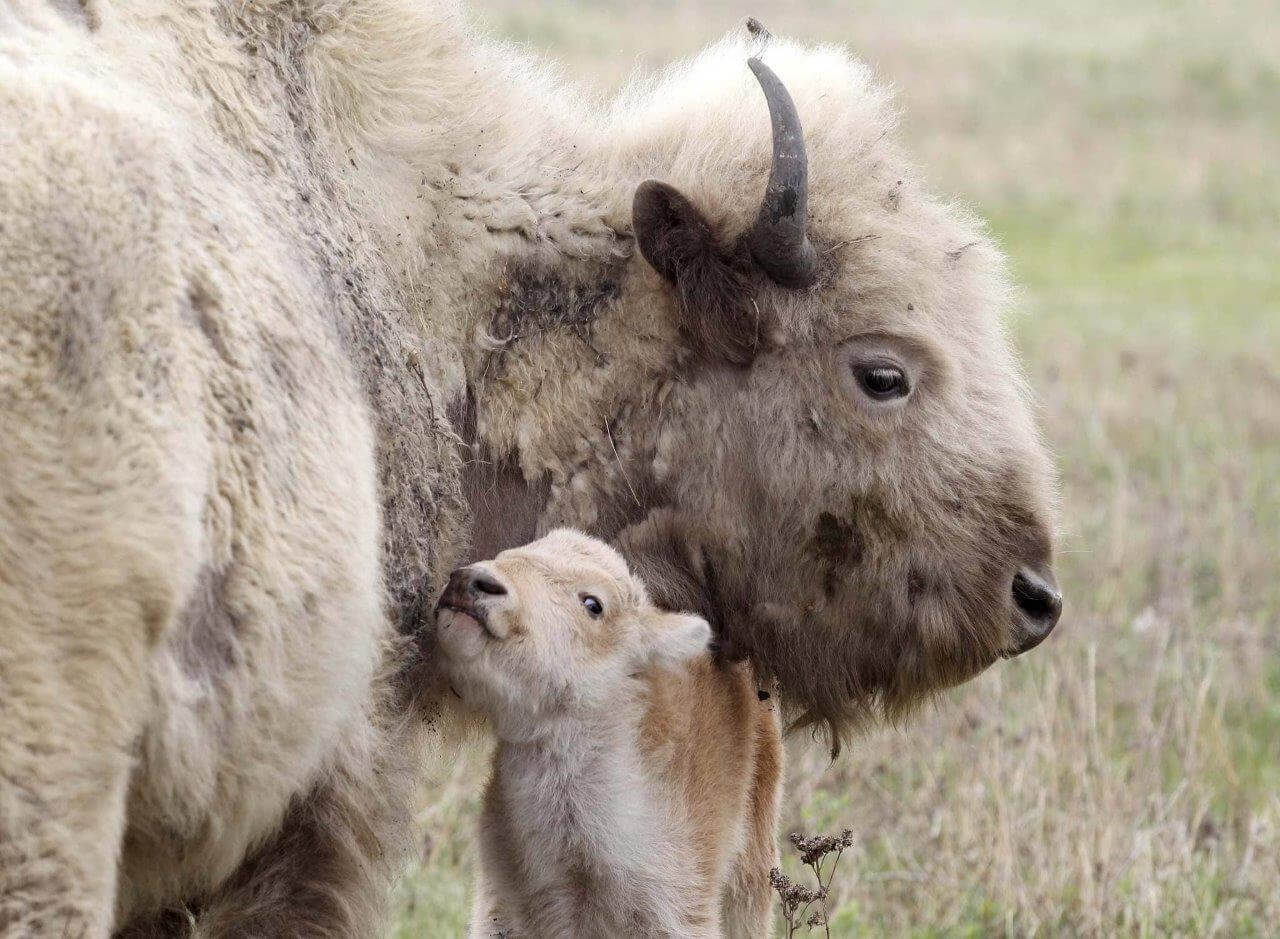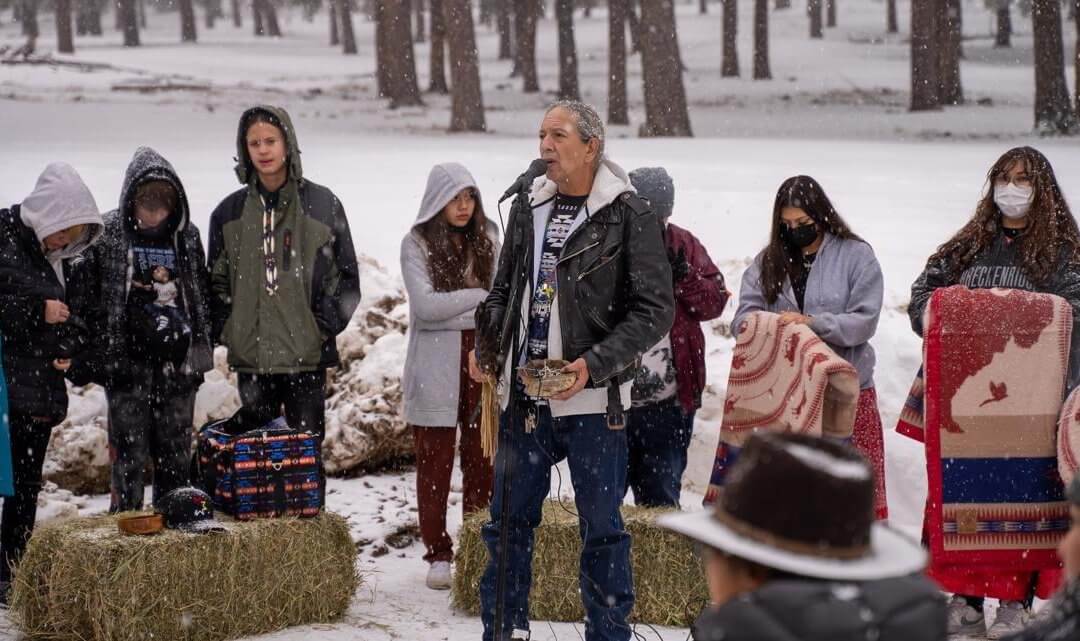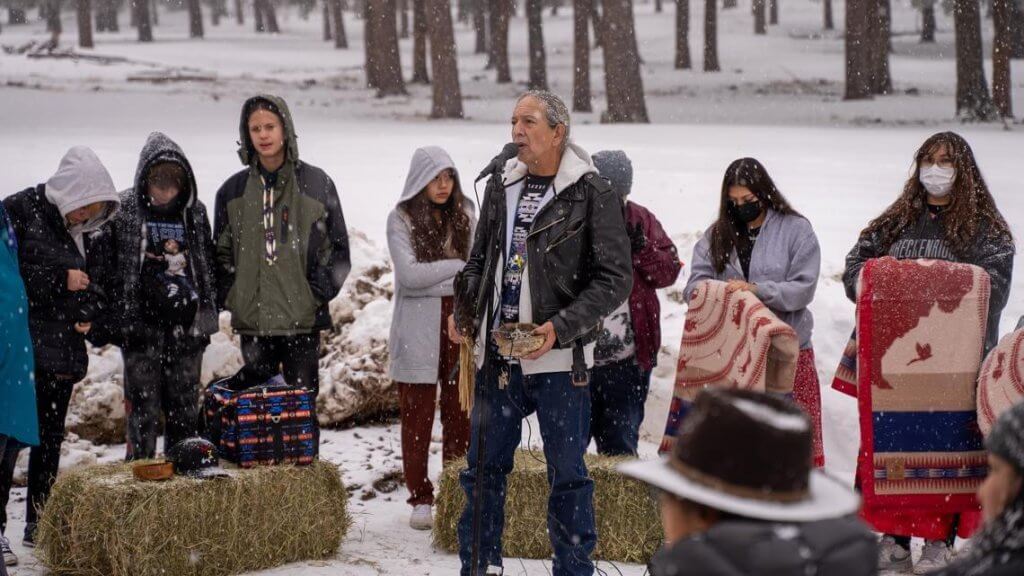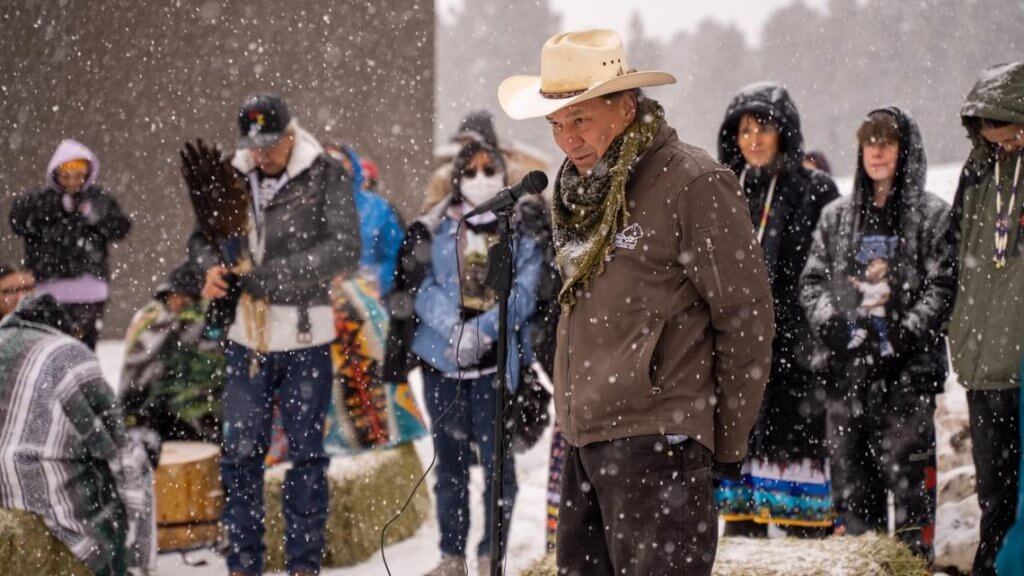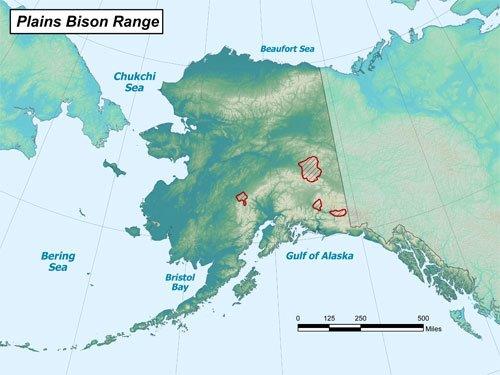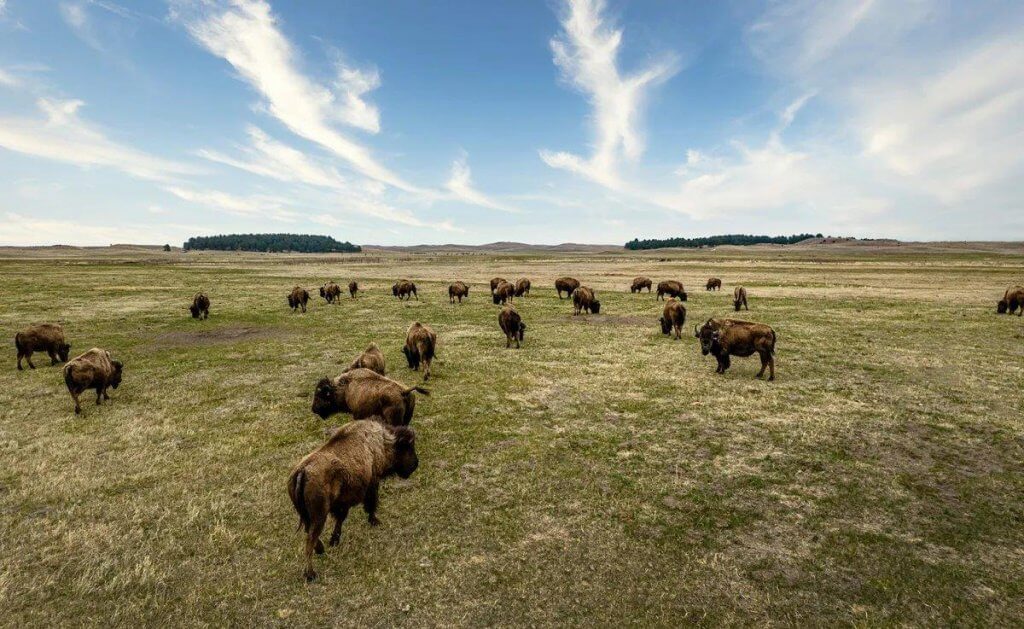Meat Intake linked to Health and Longer Life
Eating red meat extends your life, scientists say, in a comprehensive new world study published Feb 22 2022 in the International Journal of General Medicine.
Has eating meat become unfairly demonized as bad for your health?
“While detrimental effects of meat consumption on human health have been found in some studies in the past, the methods and findings in these studies are controversial and circumstantial,” says study author Dr. Wenpeng You, University of Adelaide researcher in biomedicine.
“Looking only at correlations of meat consumption with people’s health, or life expectancy within a particular group, or a particular region or country can lead to complex and misleading conclusions.
“We wanted to look more closely at research that has thrown a negative spotlight on meat consumption in the human diet,” Dr. You says. Their study examined the health effects of total meat consumption in 175 countries–approximately 90% of the world.
“Our team broadly analyzed the correlations between meat eating and life expectancy, minimizing the study bias and making our conclusion more representative of the general health effects of meat eating at global and regional levels.”
This study shows that meat intake is positively associated with newborn life expectancy, life expectancy at 5 years of life and adult life expectancy.
In regard to the often praised Mediterranean diet, she says it is worth noting that their studies show countries on the Mediterranean diet have greater life expectancy when there is more total meat in their diet. This may suggest that, regardless of suggested beneficial health effects of Mediterranean diet, more total meat intake may benefit longevity in the populations primarily on this diet.
“The majority of countries bordering Mediterranean Sea are developing economics, and have high mortality rates for chronic diseases, such as cardiovascular diseases and cancers. The correlation between the Mediterranean diet and low incidence of chronic diseases might be sporadic in the studies in the populations surrounding the Mediterranean Sea because their high mortality rates have eliminated patients with chronic diseases.”
She says humans have evolved and thrived over millions of years because of their significant consumption of meat. The complete nutritional profile of meat and human adaptation to meat eating have enabled humans to gain many physical benefits, including greater life expectancy.
Meat intake, or its adequate replacement, should be incorporated into nutritional science to improve human life expectancy.
“Education is an important contributor to life expectancy similar to caloric consumption, while meat consumption has a significant effect on life expectancy at age 5 years.
“Worldwide, populations with more meat consumption have greater life expectancies,” adds Dr. You.
Meat has advantages over food of plant origin in containing complete protein with all essential amino acids, is rich in vitamins, in particular vitamin B12, and all essential minerals. It has a significant role in maintenance of better physical growth and development, optimal breastfeeding and offspring growth.
The study examined the association between meat intake and life expectancy at a population level based on ecological data published by the United Nations. All required information available was obtained for this study, which looked at total populations rather than selected groups.

Francie M Berg
Author of the Buffalo Tales &Trails blog
